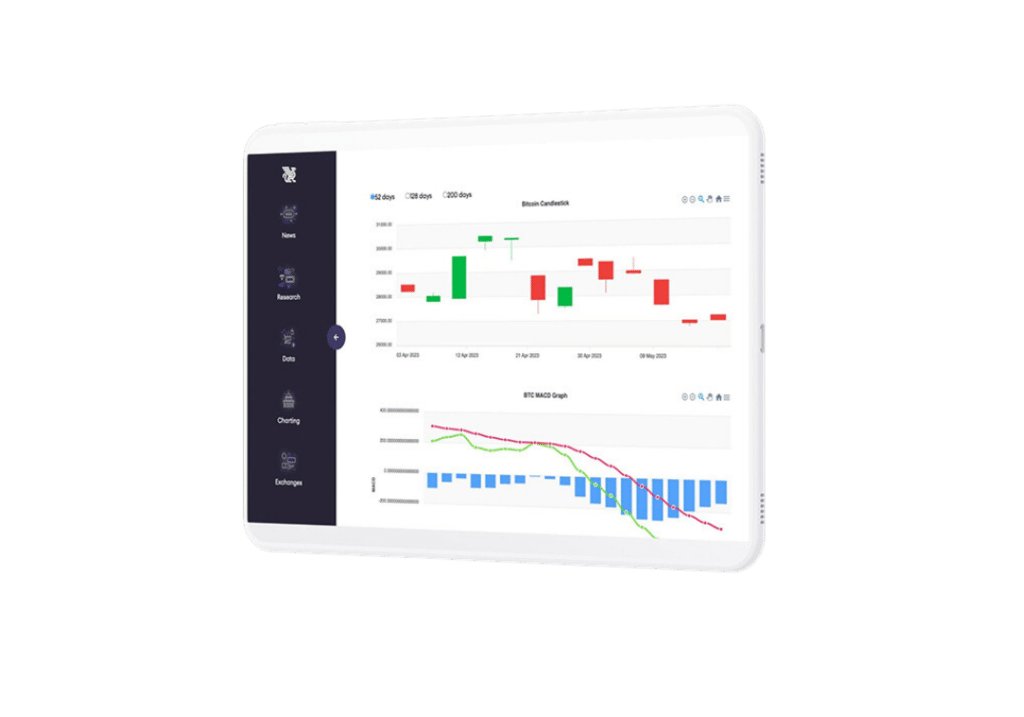
Take Profits with DYOR
Hello
The concept of merged mining introduces an intriguing approach to mining for multiple blockchain networks simultaneously, departing from the traditional method of dedicating computational resources to a single blockchain at a time. This technique allows miners to leverage their mining efforts across different cryptocurrencies, potentially finding valid blocks for various chains within the same mining attempt.
At its core, merged mining capitalizes on the flexibility of the Bitcoin coinbase transaction, which typically has no input fields or scriptSig elements. By ingeniously embedding the block header of an alternative cryptocurrency (altcoin) within the scriptSig field of the coinbase transaction, miners can effectively intertwine the mining processes of Bitcoin and the altcoin. While the Bitcoin protocol disregards this additional data, the altcoin network recognizes the inserted block header as a valid candidate for its own chain, provided that it meets the altcoin’s target difficulty level.
The primary advantage of merged mining lies in its ability to facilitate the bootstrapping of mining power for newly introduced blockchains. By leveraging the existing mining infrastructure and computational resources dedicated to an established blockchain like Bitcoin, a fledgling altcoin can rapidly accumulate mining power, expediting its journey towards network security and decentralization. However, this convenience comes at the cost of potentially increased vulnerability to attacks, as merged mining inadvertently lowers the barrier for malicious actors to divert their resources and potentially compromise the security of the altcoin network.
Furthermore, merged mining introduces a concerning element of potential inconsistency. Since miners may not validate the transactions included within the altcoin’s block, relying solely on the merkle root hash contained in the block header, there exists a risk of accepting invalid or malicious transactions into the altcoin’s ledger. This lack of comprehensive validation undermines one of the core principles of blockchain technology, raising concerns about the integrity and reliability of the merged mining approach.
The historical example of Namecoin, which employed merged mining, serves as a cautionary tale. There were instances where a single mining pool commanded an overwhelming 60-70% of the total hash rate, granting it the ability to potentially execute double-spending attacks and effectively control the entire network. Such a concentration of mining power in the hands of a single entity directly contradicts the principles of decentralization and undermines the security and resilience of the blockchain. A widely accepted best practice dictates that no single mining pool should control more than 50% of the total hash rate to maintain a secure and trustworthy blockchain network.
Take Profits with DYOR
